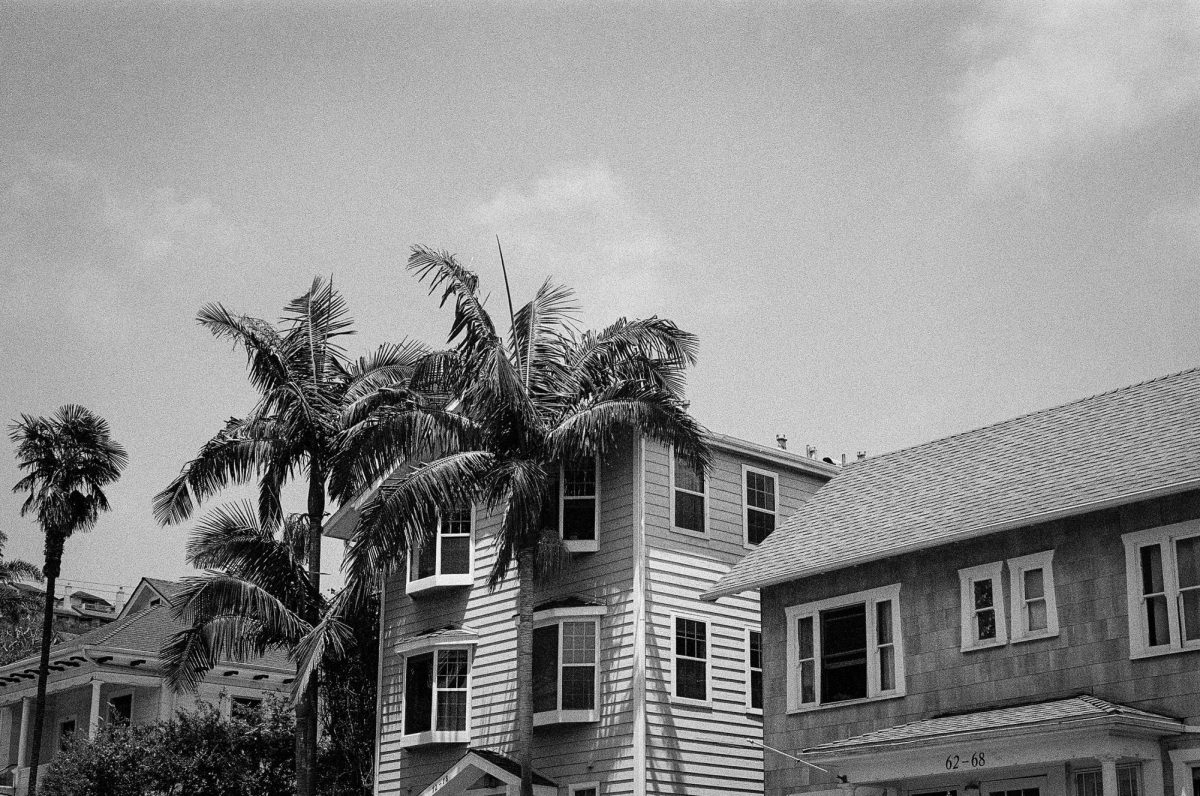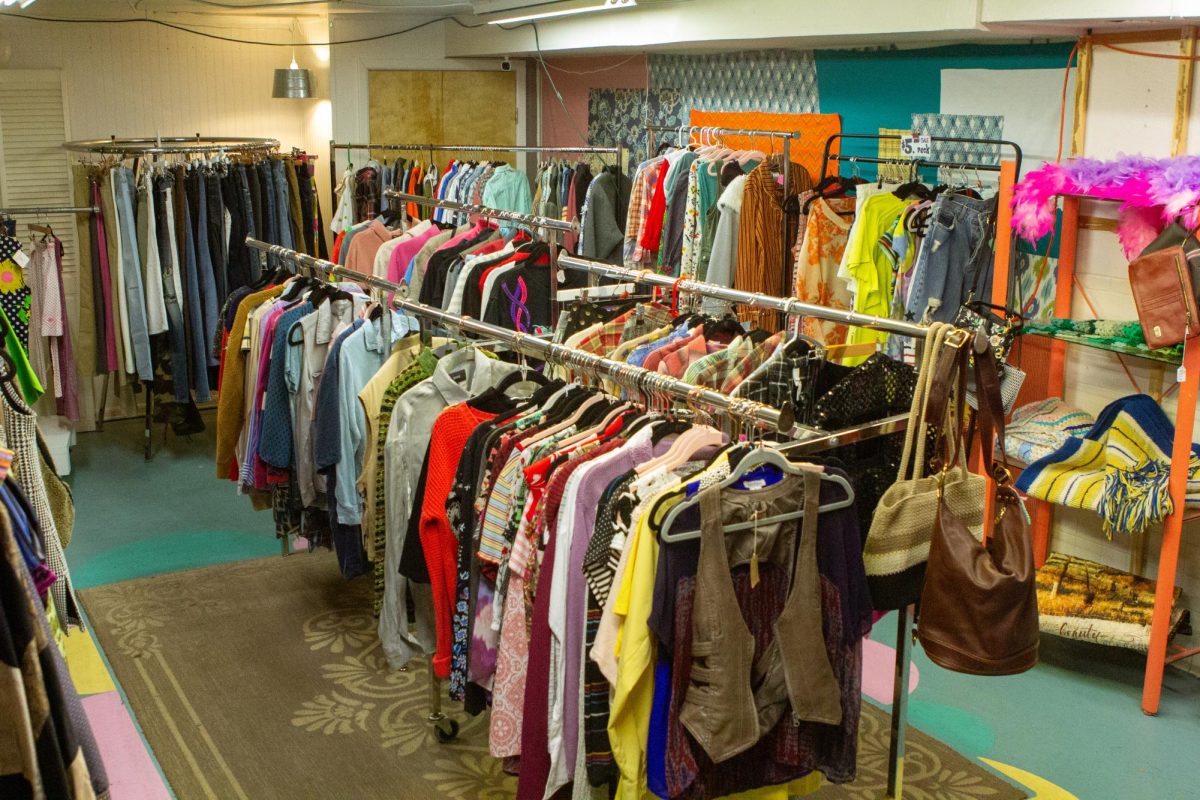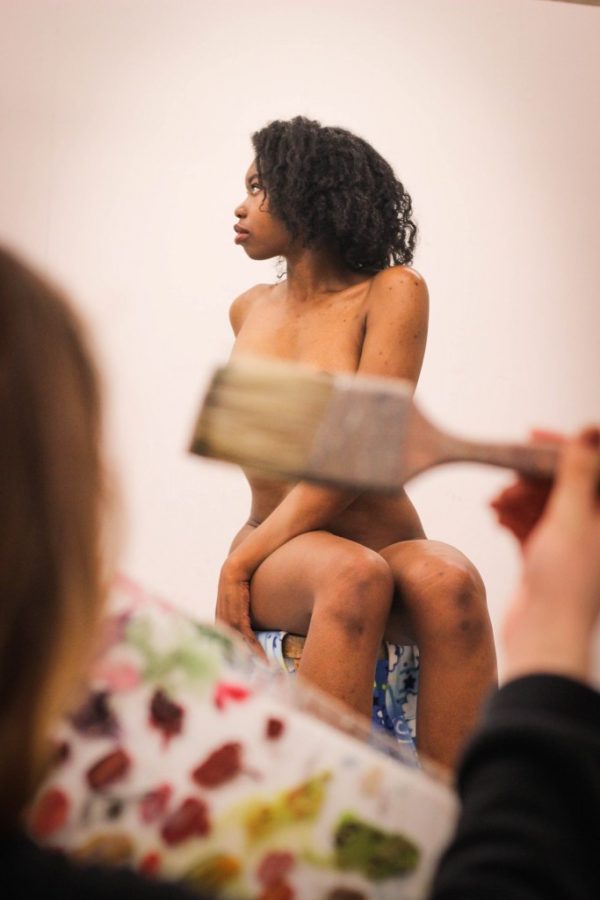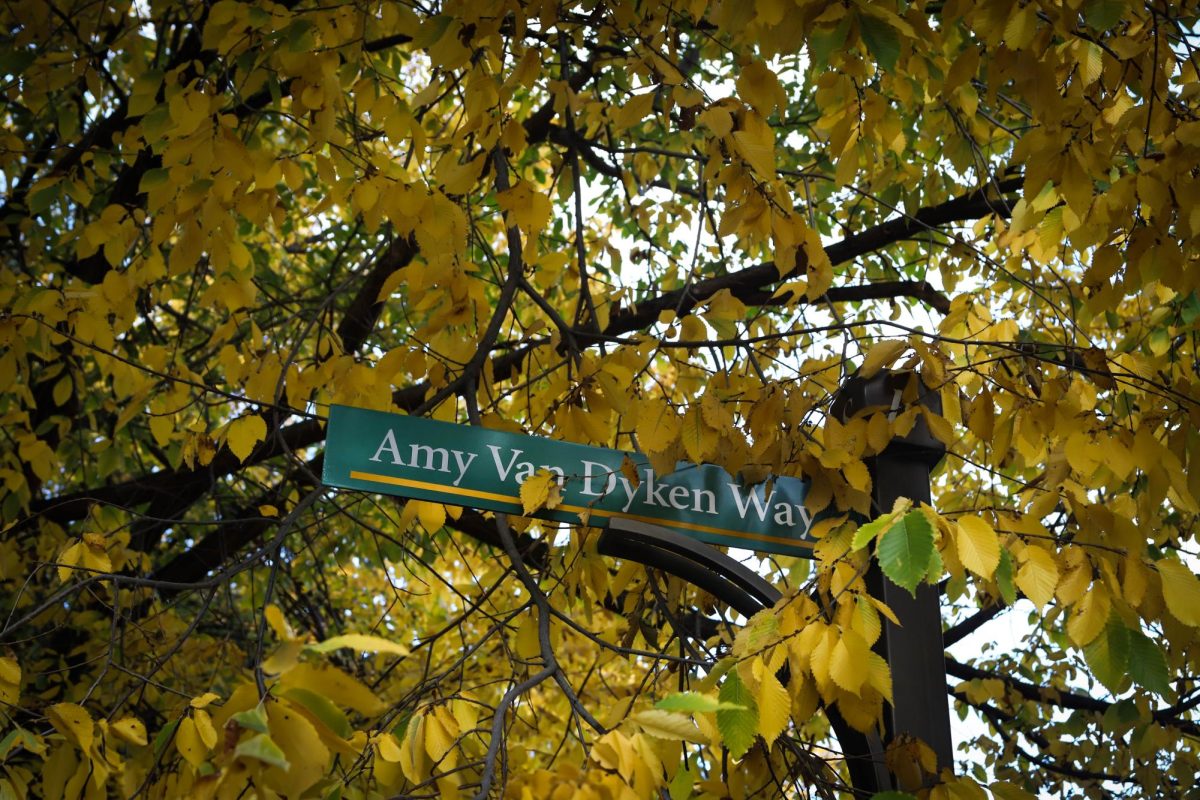Modeling seems like a walk in the park. What could be better than getting paid to sit for three hours?
In the studio setting of ART 136, Introduction to Figure Drawing, there’s a catch — models are buck naked.
Nude modeling is more than shock value at CSU. It is an integral part of figure drawing.
“The class studies portraiture, composition and anatomy as it relates to the human form,” said Elizabeth Sorensen, the art department undergraduate coordinator.

Both students and members of the general community pose as models for the class.
Anthropology sophomore Abigail DeWolfe has been modeling for almost a year after a friend recommended she apply for the position.
“She said it was the kind of thing I would love,” DeWolfe said. “My roommate was actually in the very first class I modeled for and she drew me. She gave me the picture afterwards and I still have it.”
Disrobing in a room of people — strangers and acquaintances alike — takes extraordinary confidence.
DeWolfe attributes her level of comfort with her body to her upbringing, describing her home as a warm environment in which no one felt the need to hide.
Theatre senior Jasmine Winfrey agrees that she has always been comfortable in her own skin, although the experience has given her a new sense of normalcy being naked.
Winfrey explains that physical comfort, however, is often a bigger challenge.
“Crossing your legs or leaning on any part of your body is always a terrible idea,” Winfrey said. “The first five minutes are fine, until you cut off circulation and a body part falls asleep.”
Models often pose for entire class periods, which are up to three hours long.
The classroom provides space heaters for models to remain comfortable while posing, and models are given breaks to stretch, snack and grab a drink of water.
While the department is not currently accepting applications, the process is extremely simple.
Openings are either listed through Student Financial Services or posted around the Visual Arts Building.

There are no restrictions or discriminations based on body shape or age.
The program emphasizes that they are not searching for an “ideal” body.
While the models don’t interact, they are part of a small community with a shared purpose.
“We just all have a mutual understanding that we are helping others to create,” DeWolfe said.
Art instructor Amy Sorensen says she has not yet encountered a student at CSU with concerns about the process on the other side.
“If you’re a serious art student, you get comfortable pretty quickly,” Sorensen said. “If an embarrassing moment has or will occur, I most likely just pretend it didn’t happen. I keep it professional.”
Each artist is drawing from a different point of view in the room, causing each piece to turn out differently.
“My favorite pieces to look at are overlapping gestures, which are a series of action gestures. I am always impressed to see how much they can capture in just three minutes,” Winfrey said.
Professors will often accept input from models as to which poses are held or props used, integrating them into the creative process.
“It’s almost like acting because I get to express emotion with my body — it’s a very physical form of expression,” Winfrey said.

Models often must accept that artists’ interpretations of their bodies are often different from their own.
“It doesn’t always look like you and it isn’t always flattering, but it’s really cool to see how different people interpret different parts of your body,” DeWolfe said.
“I have asymmetrical breasts, so it’s really interesting to see how people interpret them and which direction they take.”
Both models report the experience as being extraordinarily positive for their body image and confidence.
“When you’re up there, you can’t hide and that’s just fine. I don’t even shave my legs anymore,” DeWolfe said. “I just go in as I am.”





































